Castles in Yorkshire
Yorkshire, a historic county in northern England, is a tapestry of sweeping landscapes and rugged natural beauty. There is an impressive array of castles in Yorkshire that stand as silent sentinels to the region's tumultuous past.
From the dramatic cliff-top ruins of Scarborough Castle to the imposing remnants of York Castle, known as Clifford's Tower, these structures offer a window into a bygone era when they were centres of power, control, and governance. The enduring legacy of Yorkshire's castles is reflected in their architecture and the historical narratives encapsulated within their walls.
Each castle in Yorkshire carries its unique story, embodying centuries of history that have shaped the region's identity. Visitors can explore the likes of Helmsley Castle to see how these once-formidable fortresses have evolved over the years, often bearing the scars of battles and sieges that speak to their former strategic importance.
Clifford's Tower, York Castle
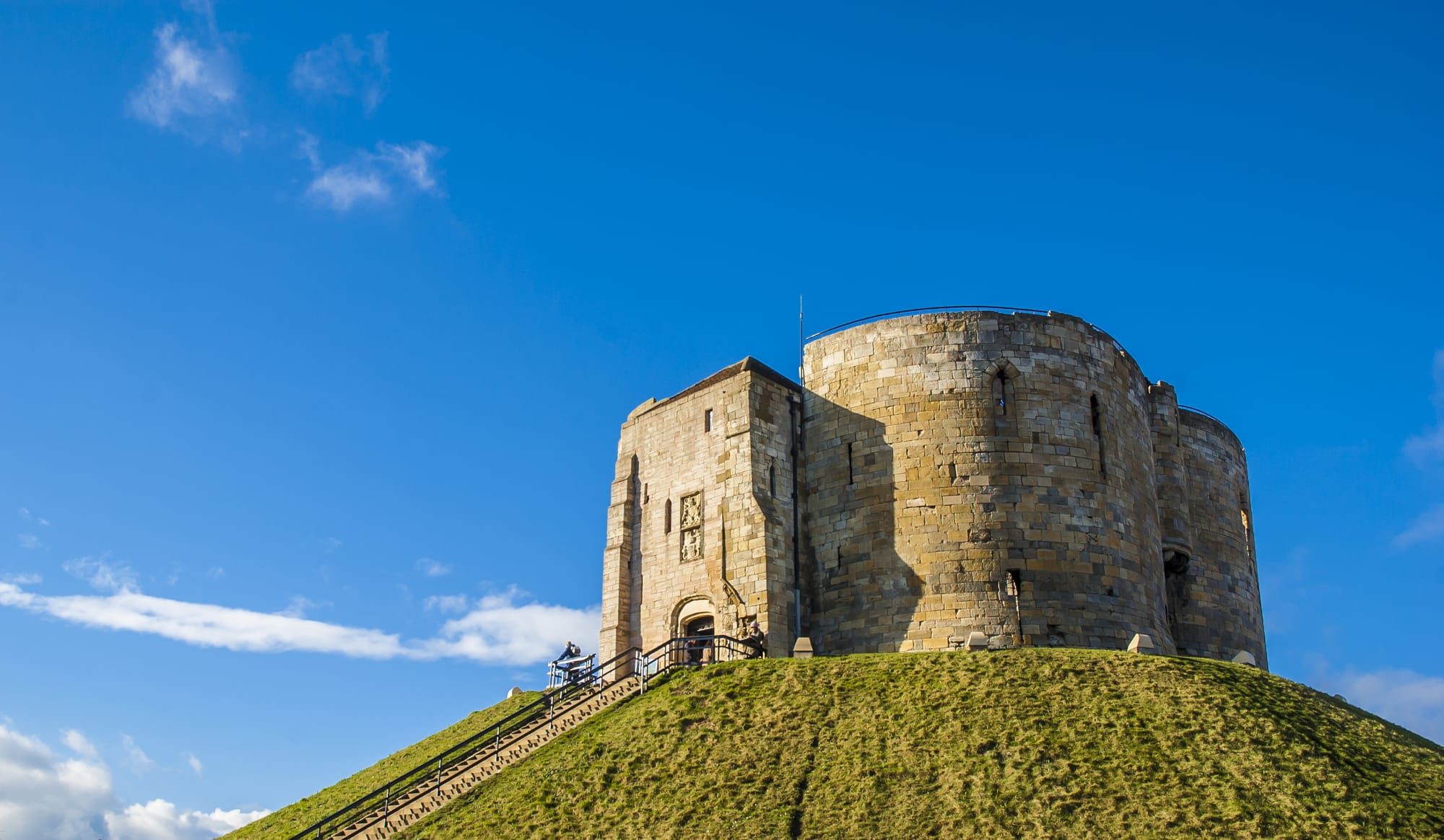
Clifford's Tower stands as a prominent historical monument, providing insights into the medieval Norman architecture and its role in the history of York.
Clifford's Tower is the principal remaining part of what was once York Castle. The castle was originally constructed on the orders of William the Conqueror to establish his control over the north of England.
The tower is of significant historical importance due to its connection with major events in British history. It was built by William I to dominate York's Viking past and has witnessed several tumultuous episodes, including the notorious massacre of York's Jewish community in 1190.
Bolton Castle
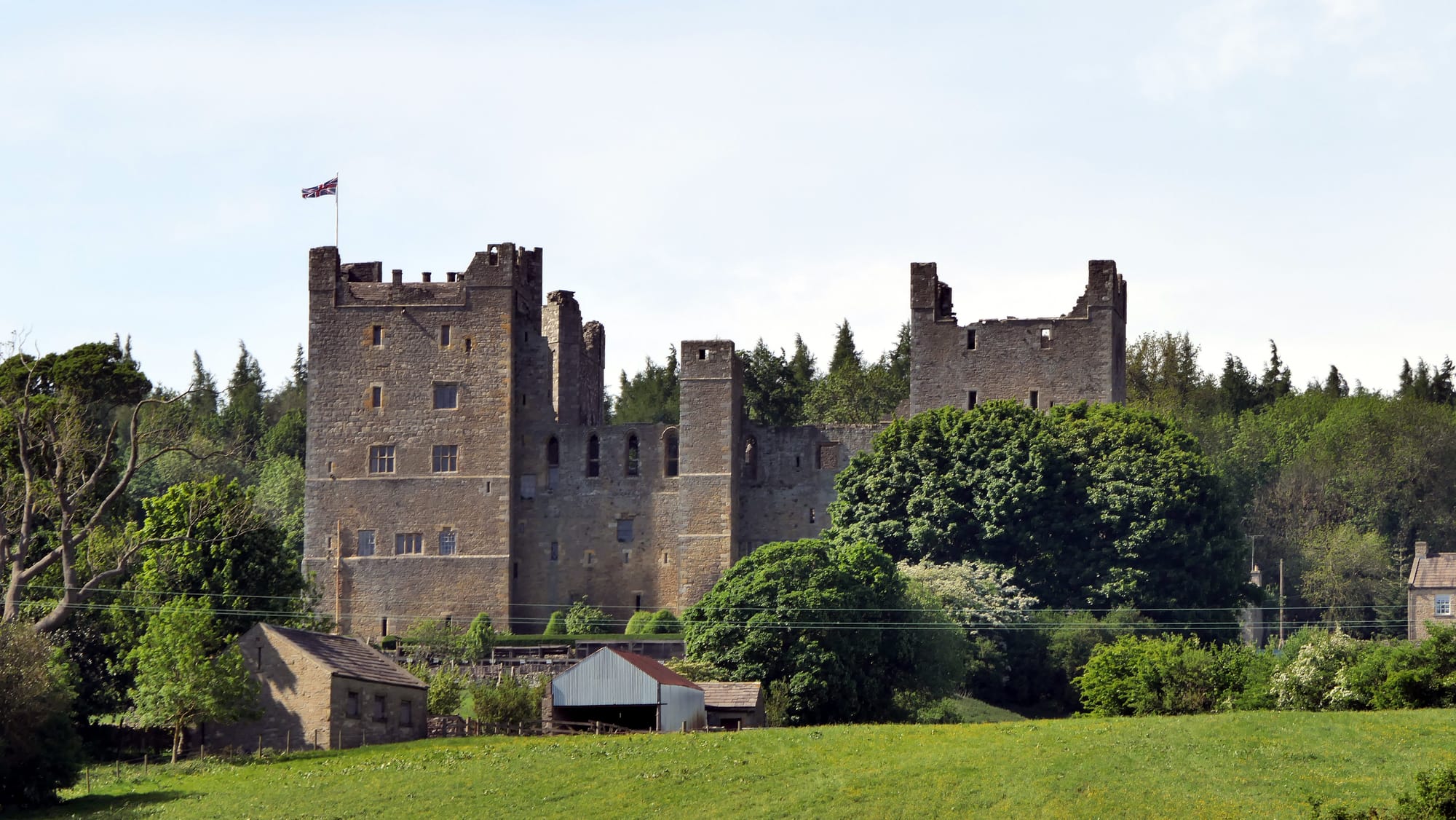
Bolton Castle is a remarkable historical site in North Yorkshire, epitomising the grandeur of medieval architecture and the rich tapestry of English history.
Bolton Castle, situated in Wensleydale, is one of the nation's best-preserved medieval castles. Constructed in the 14th century by Sir Richard le Scrope, the castle has remained in the Scrope family and is currently under the custodianship of Lord Bolton, a direct descendant.
Bolton Castle was built during the reign of Richard II, with Sir Richard le Scrope as its founder. He intended to establish a structure that could rival the most luxurious homes of that time. It played a significant role in the history of the country, including during the English Civil War.
Conisbrough Castle
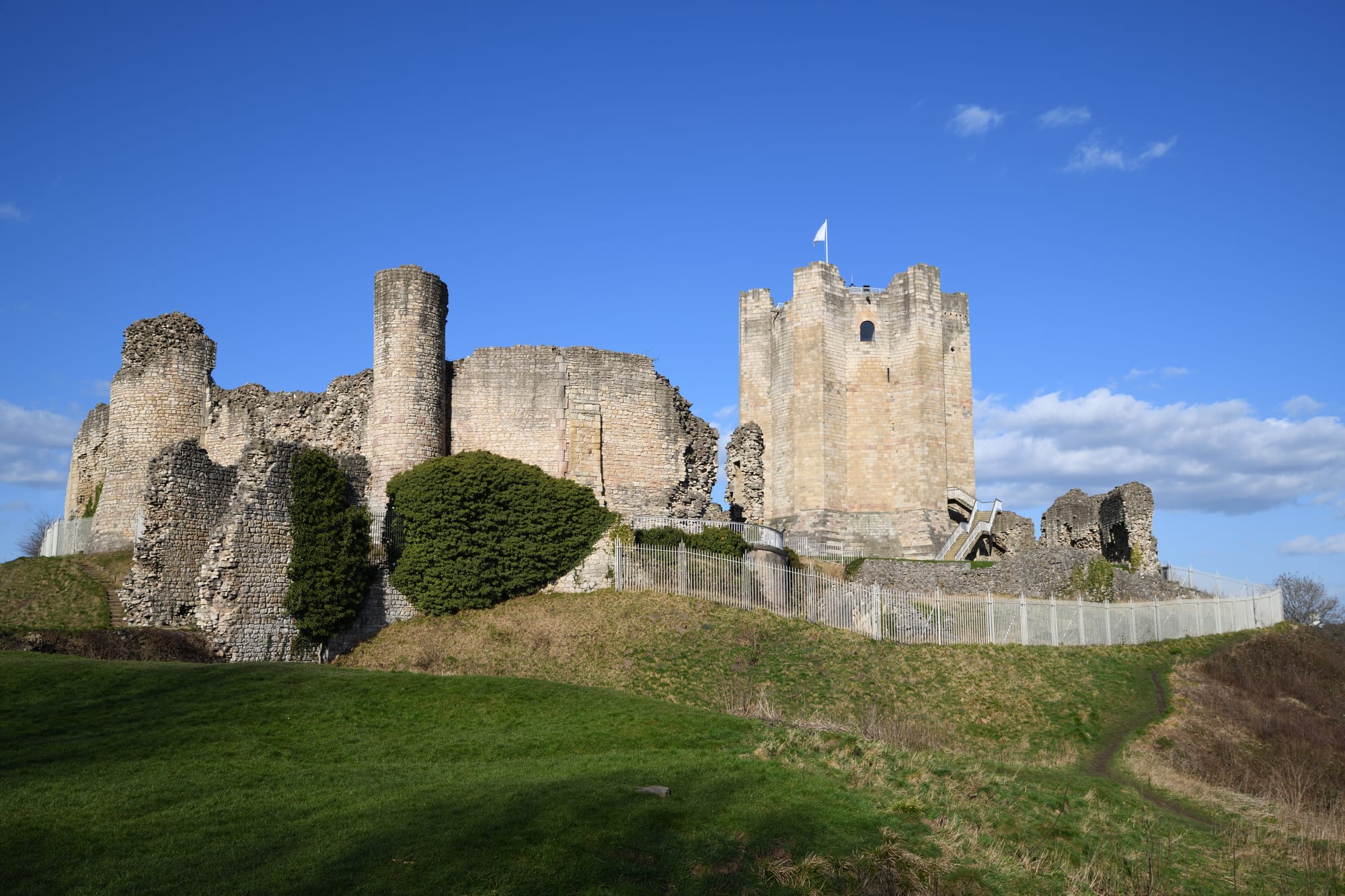
Conisbrough Castle stands as a testament to medieval military architecture and has deep historical roots in South Yorkshire, offering visitors a glimpse into its storied past.
Conisbrough Castle is a medieval fortification located in the town of Conisbrough in South Yorkshire, England. The castle features a distinctive circular keep, which was revolutionary for its time.
The castle was constructed following the Norman conquest of England in 1066, with the stone version we see today erected by Hamelin Plantagenet, the illegitimate half-brother of King Henry II, around 1180. Richard of Conisbrough, born in 1385, is one of the notable figures associated with the castle's rich history.
Helmsley Castle
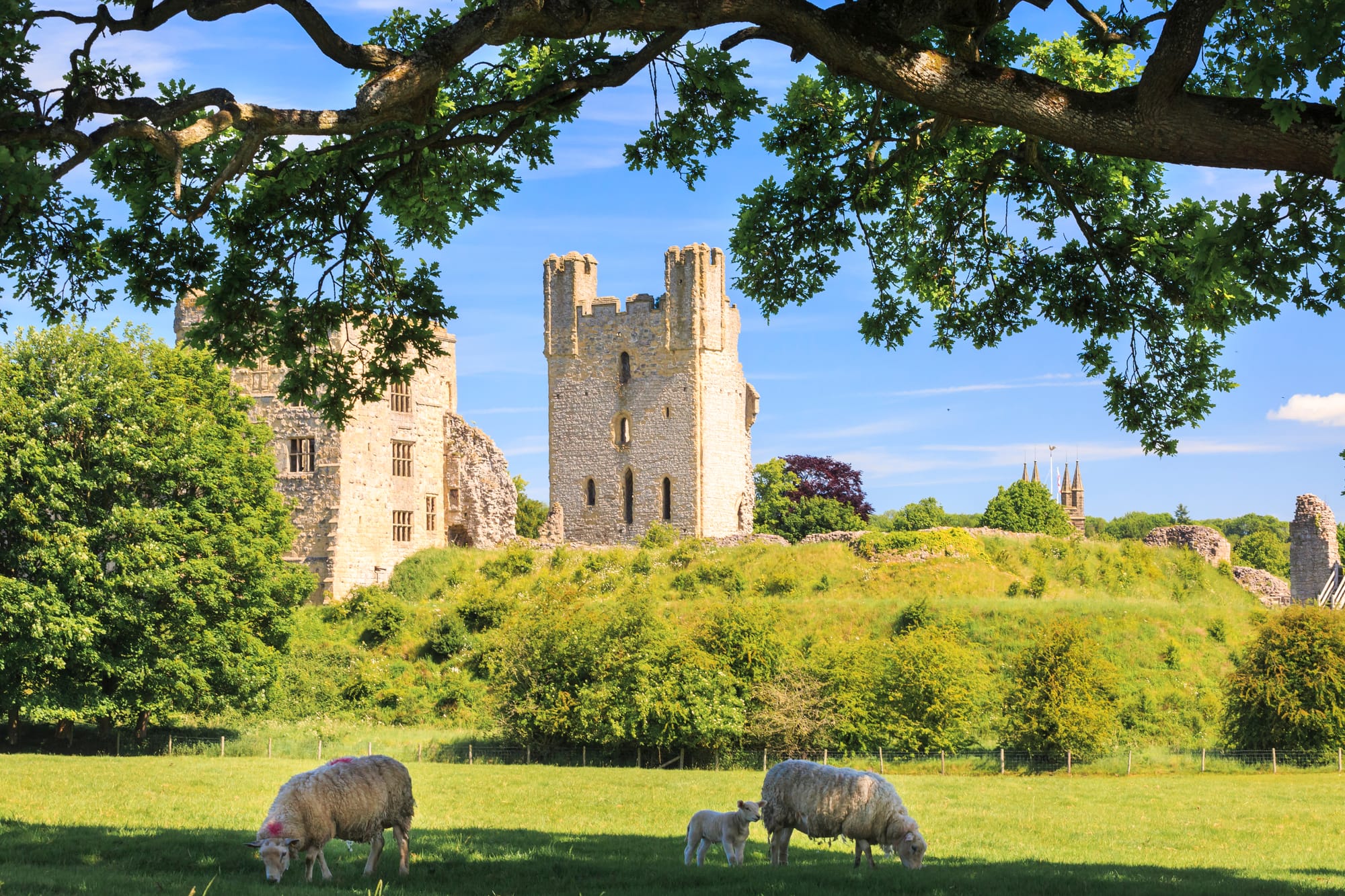
Nestled in the market town of Helmsley, Helmsley Castle stands as a testament to medieval fortification. Its imposing ruins offer a glimpse into 900 years of history.
Helmsley Castle, a medieval castle located in the North York Moors National Park, has dominated the landscape of Helmsley for centuries. It is an integral part of the town's heritage and continues to draw visitors with its ancient beauty.
The castle was initially constructed after 1120 by Walter Espec—a key figure of the period. Over the centuries, Helmsley Castle has undergone various modifications, reflecting different periods and tastes in castle design. It bears the marks of medieval military architecture and the later transition to a Tudor mansion, showcasing a wide range of historical styles.
Castle Howard
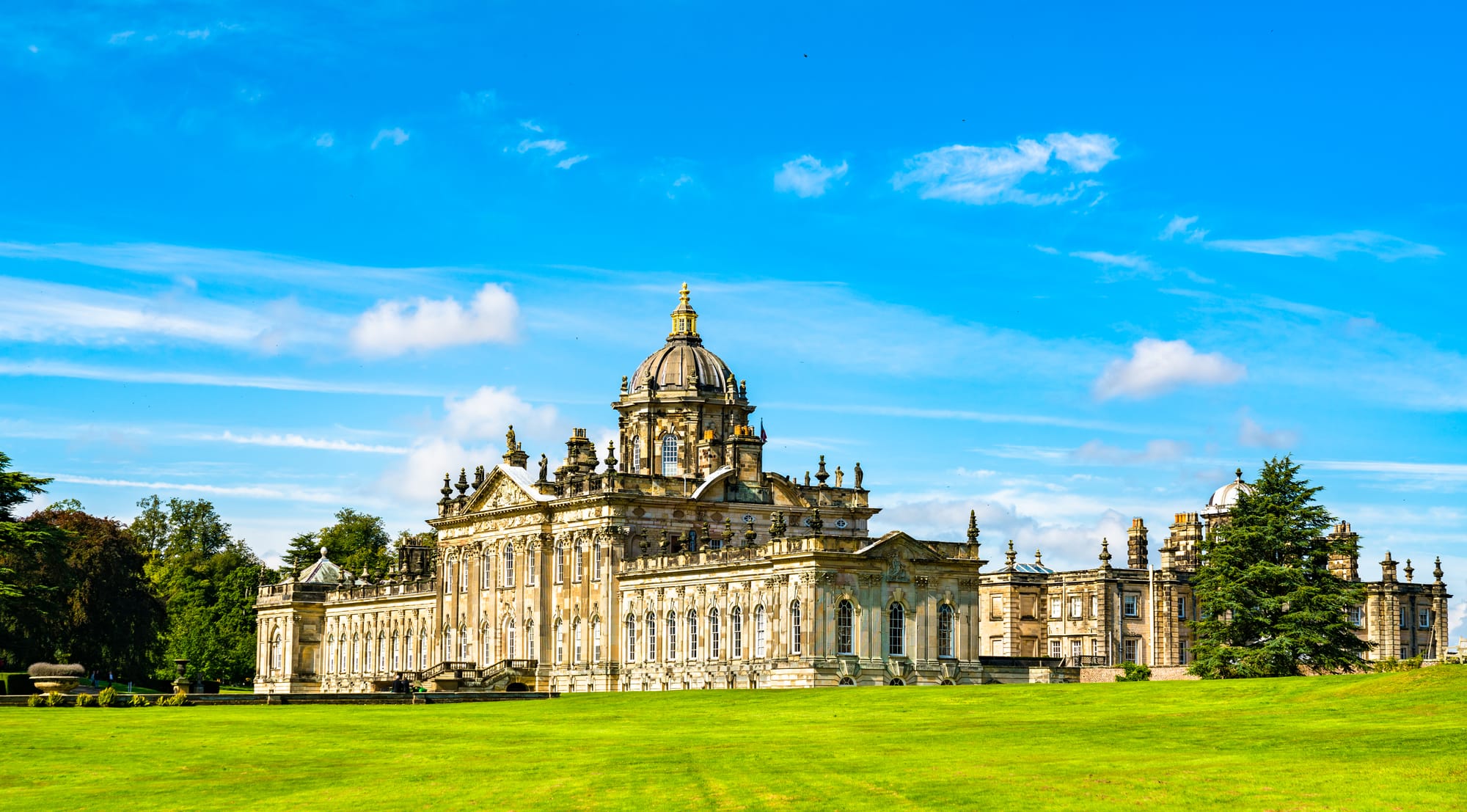
Castle Howard, home to the Howard family for over 300 years, is a striking example of baroque architecture set amid the picturesque Yorkshire countryside.
It stands as a monumental stately home in North Yorkshire, embodying grandeur and history. Castle Howard has not only served as a family residence but also as a beacon of architectural beauty and heritage.
Castle Howard is steeped in history, with its roots dating back to the early 18th century. The house was commissioned by the 3rd Earl of Carlisle and has since been an emblem of the Howard family's lineage, contributing significantly to the cultural and architectural narrative of England.
Knaresborough Castle
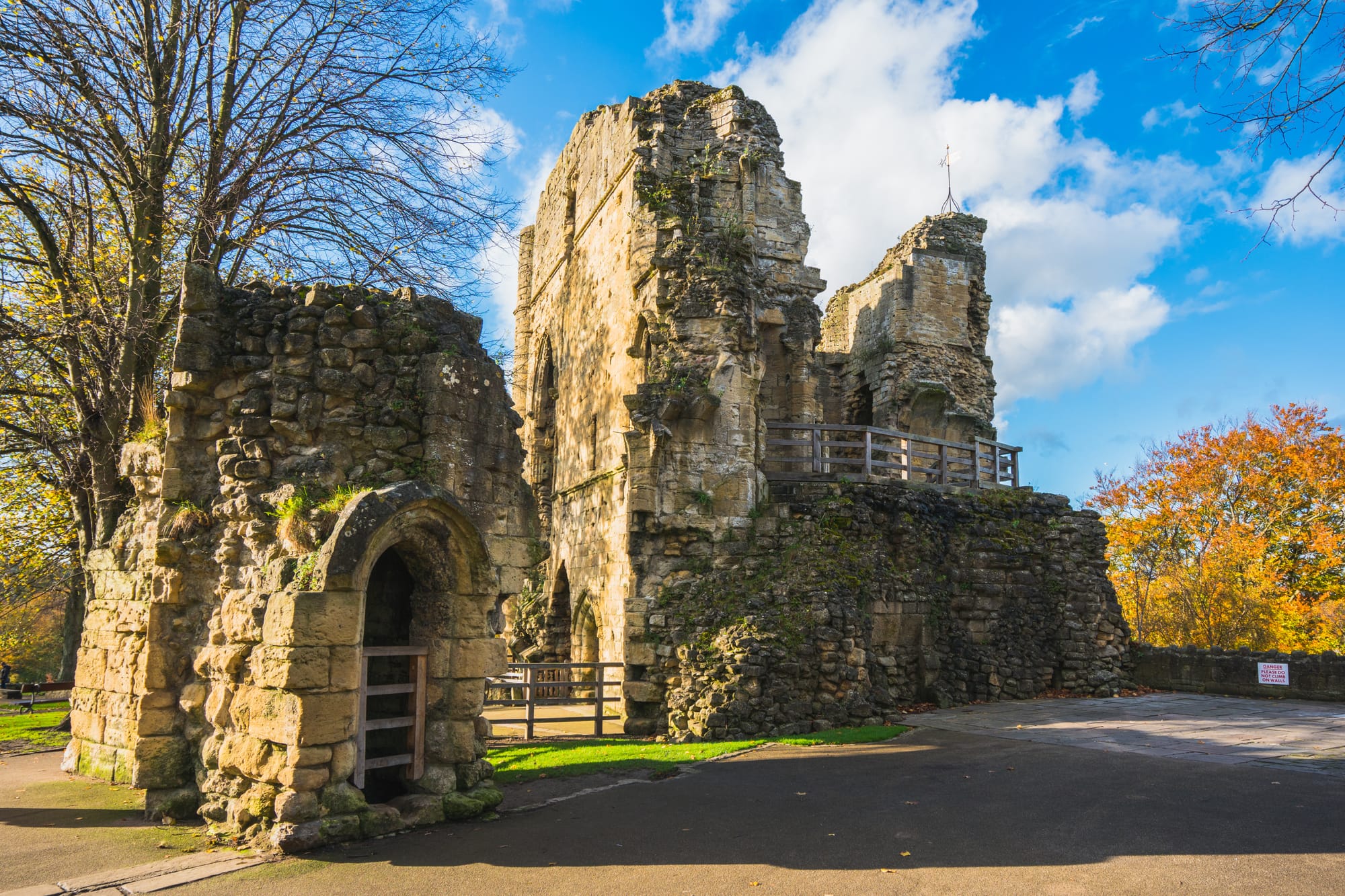
Knaresborough Castle stands as a striking historical monument in North Yorkshire, offering insight into its Norman origins and its role throughout English history.
Knaresborough Castle is a fortress with Norman roots, situated in the town of Knaresborough, North Yorkshire. Perched on a cliff above the River Nidd, the castle's ruins evoke its storied past and the centuries of history that have shaped its structure.
Initially constructed by a Norman baron around 1100 AD, Knaresborough Castle has been a pivotal military stronghold through the Middle Ages. Over the centuries, it underwent various modifications, reflecting the evolution of fortress architecture and military needs.
Middleham Castle
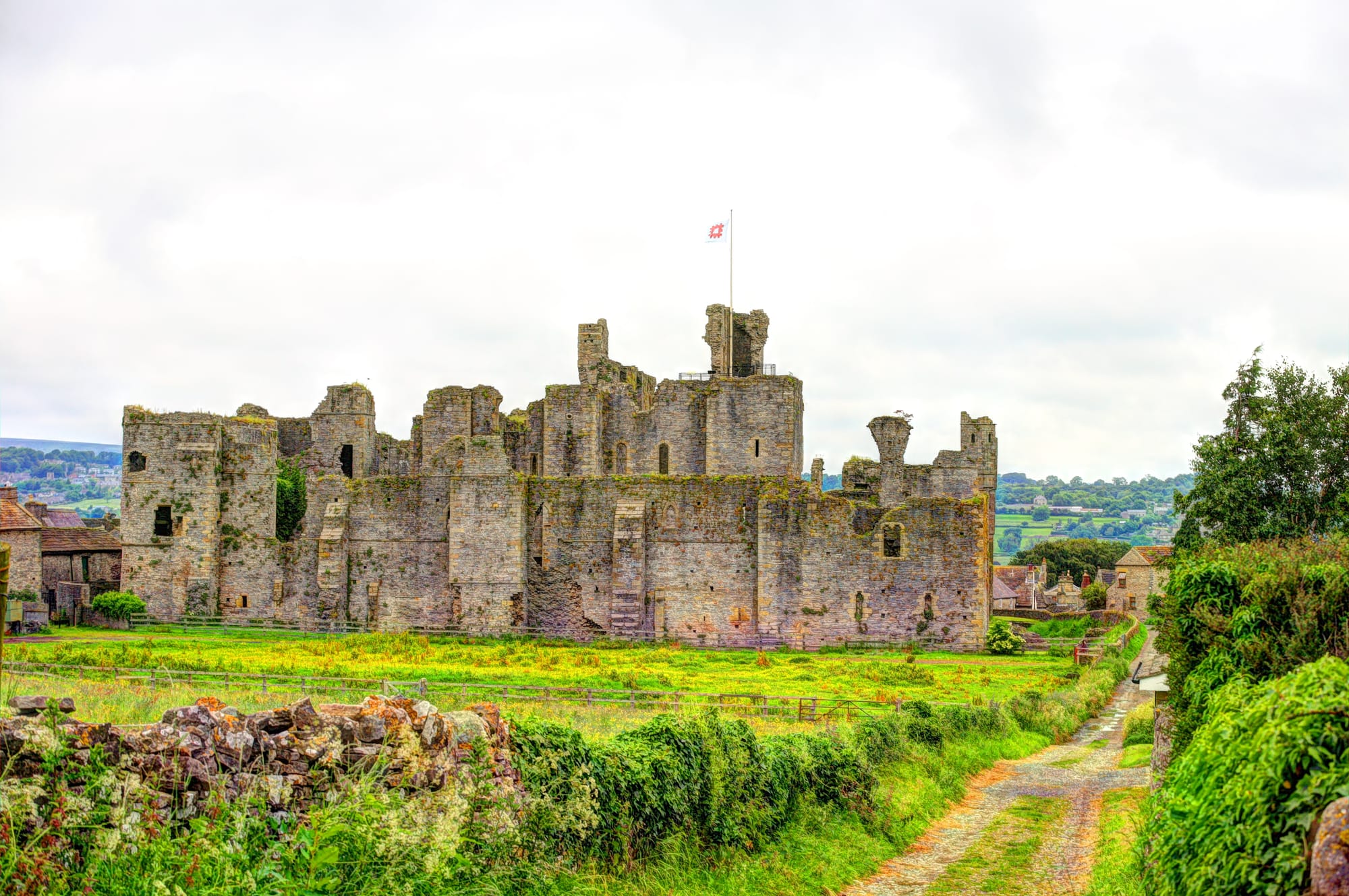
Middleham Castle stands as a monument of significant historical weight, offering a look into England's medieval past and serving as a noteworthy attraction for visitors in North Yorkshire.
Middleham Castle, now a ruin, is located in Wensleydale, North Yorkshire. It is renowned for having been the childhood home of King Richard III.
This castle is best known for its connection to King Richard III, who spent his childhood there. Despite his minimal time spent at Middleham during his reign, the fortress is intricately linked to his story and serves as an informative site on the Plantagenet era.
Pickering Castle
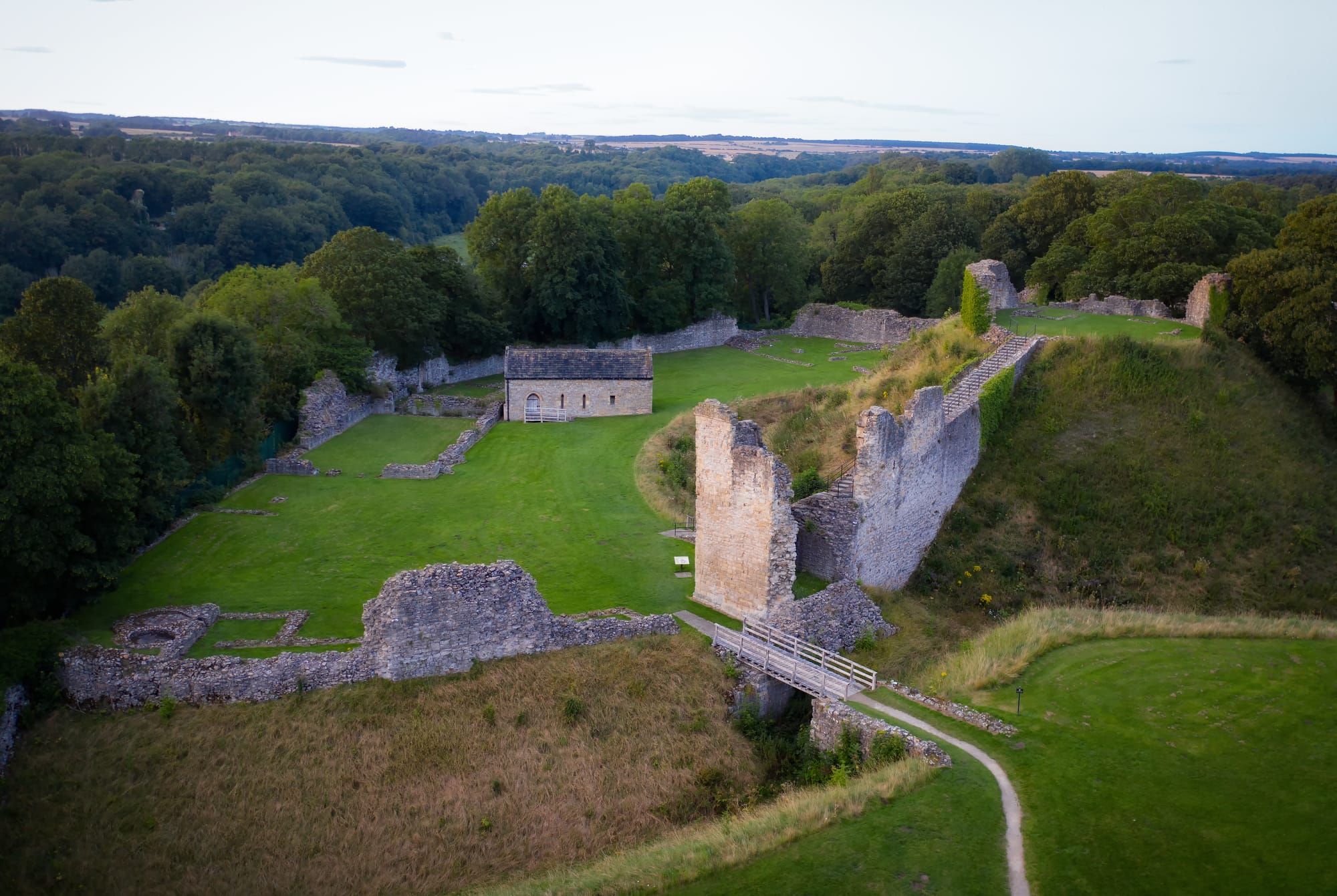
Pickering Castle stands as a quintessential example of medieval fortifications in Yorkshire, England, with its rich history and well-preserved architecture.
Pickering Castle is a motte-and-bailey castle originally constructed of timber and earth. It was later developed into a stone fortress with a shell keep, exemplifying typical Norman military architecture.
The castle originated in the late 11th century, raised by William the Conqueror. Its prominent motte was constructed as a strategic measure to control the North of England. The stone fortifications, added by Henry III in the 13th century, were instrumental in the castle's defence against the Scots.
Pontefract Castle
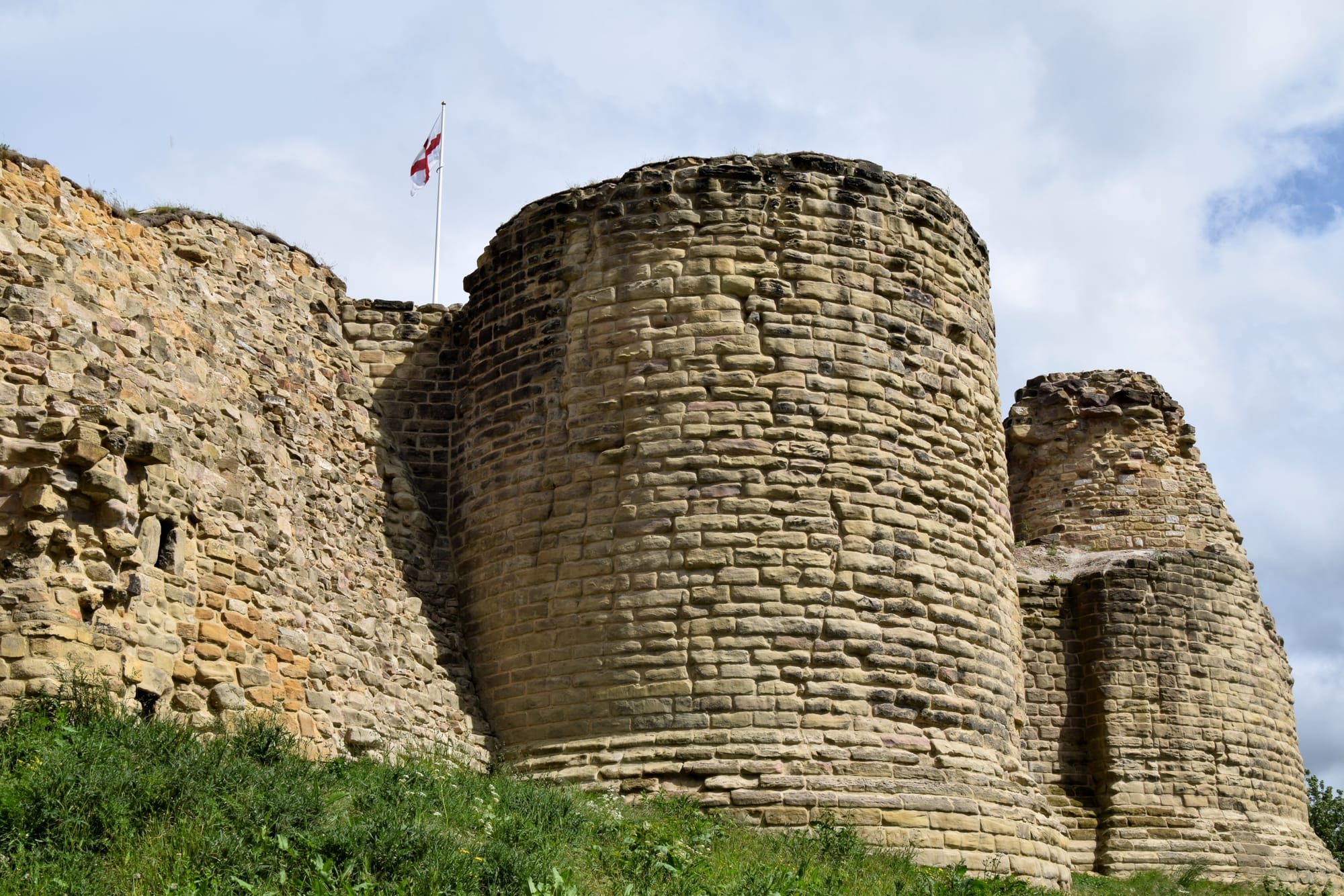
Pontefract Castle holds a position of great historical significance in Yorkshire and stands as a storied testament to England's medieval past.
Pontefract Castle, once known as Pomfret Castle, is a former stronghold located in the town of Pontefract, West Yorkshire, England. Its remains are a shadow of the fortress which was once considered one of the most significant and fearsome castles in the country.
This castle was a site of profound historical events, including the believed death of King Richard II. It has also witnessed several intense sieges, notably during the 17th-century English Civil War, which highlight its crucial military role during turbulent times in English history.
Spofforth Castle
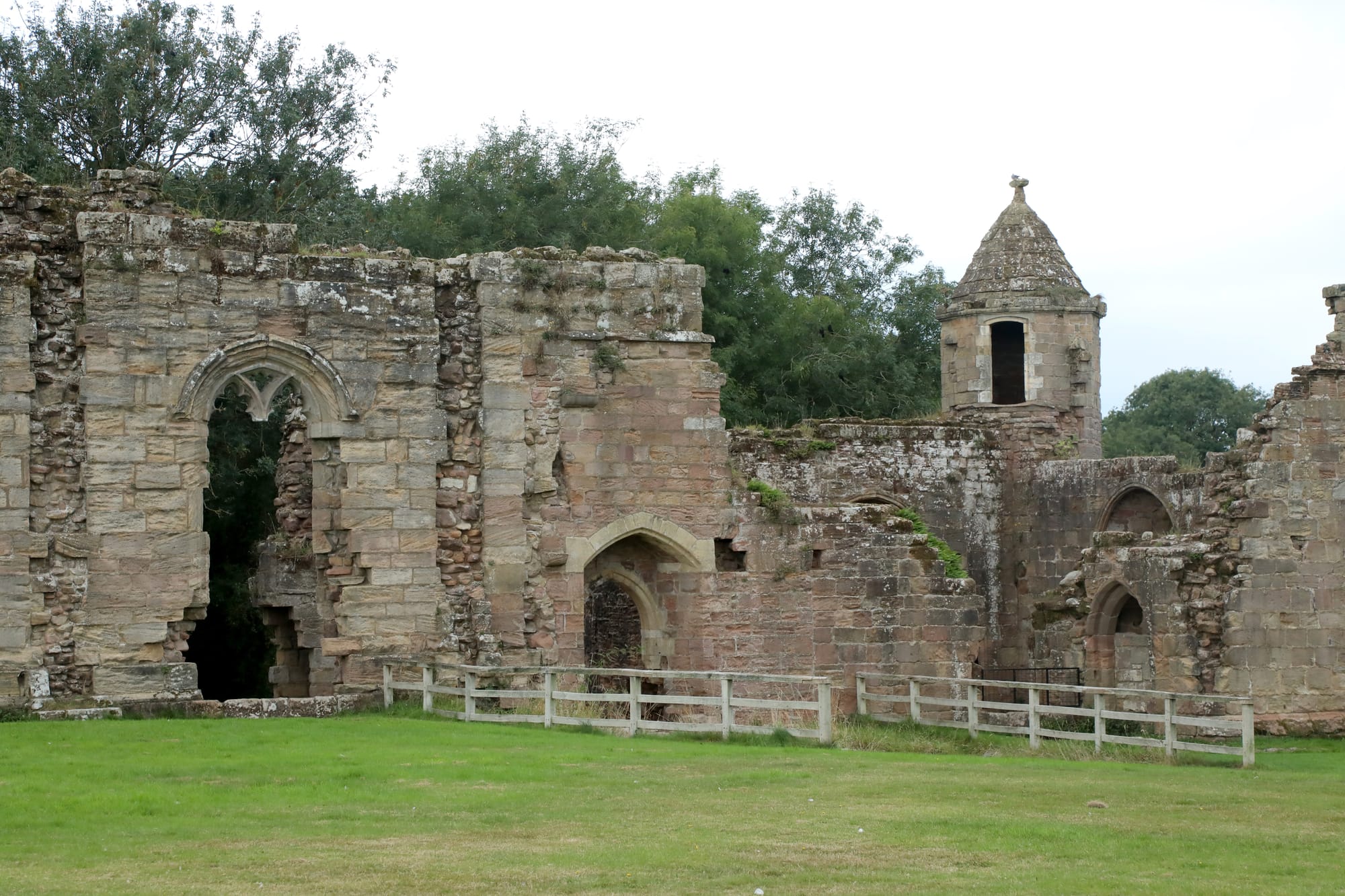
In the heart of North Yorkshire, Spofforth Castle stands as a testament to medieval architecture and the influential Percy family who once resided there.
Spofforth Castle was initially a fortified manor house, integral to the Percy family's dominance in Northern England. Its strategic position allowed it to overlook the village, serving both as a residence and a symbol of power.
Constructed in the 11th century, Spofforth Castle has historical significance tied to William de Percy, a favourite of William the Conqueror. It holds an important place in English history, especially reputed for being the site where the Magna Carta was possibly drafted by the Northern Barons in 1215 before its final agreement.
Ripley Castle
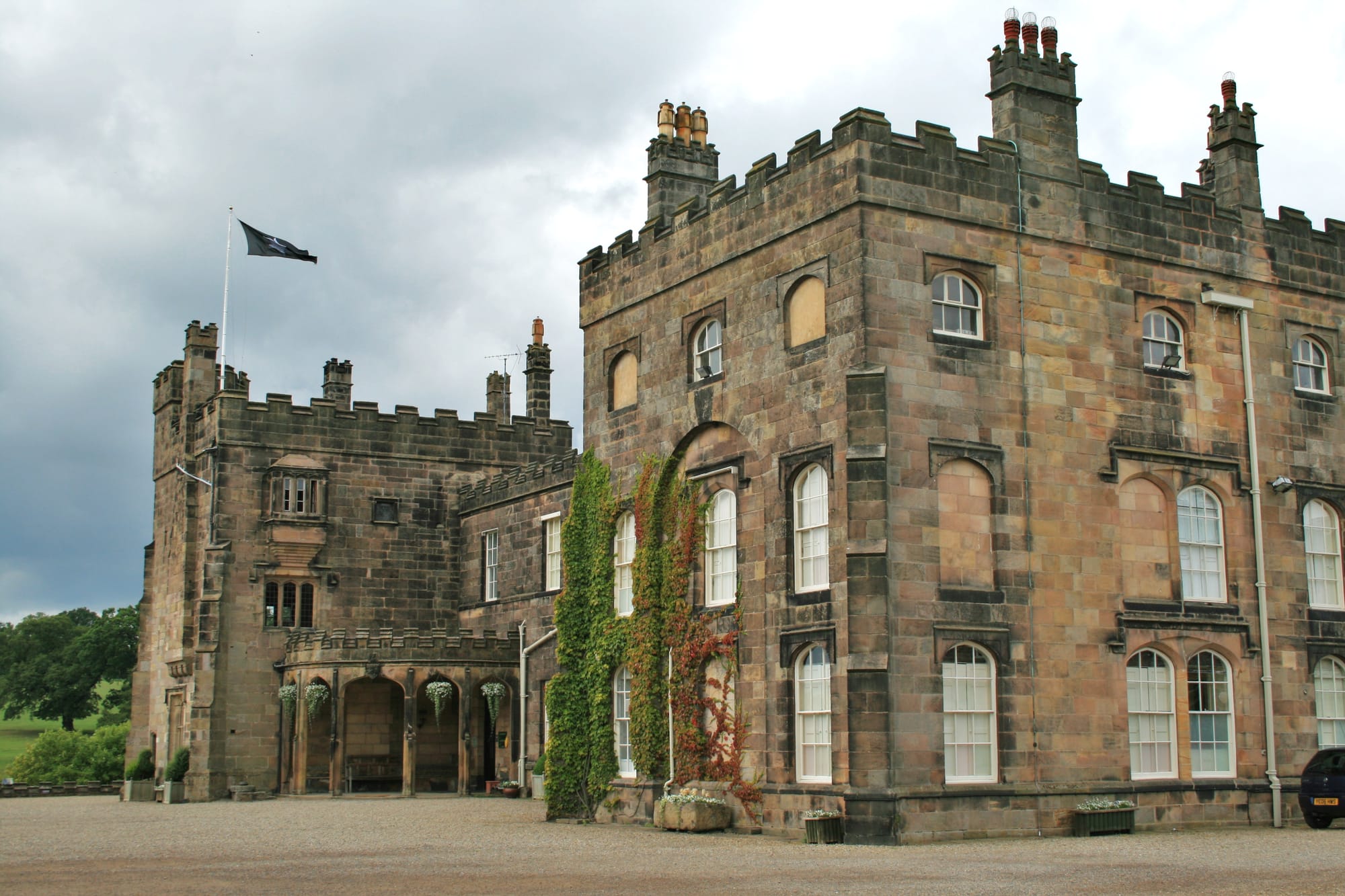
Ripley Castle is a renowned Grade I listed building in North Yorkshire, offering a blend of historical richness and scenic beauty that appeals to visitors throughout the year.
Ripley Castle, situated 3 miles north of Harrogate on the edge of the Yorkshire Dales National Park, is a historic country house that has been a part of England's landscape since the 14th century. It stands as a prominent example of medieval architecture with additions and alterations reflecting various eras.
The castle has been the seat of the Ingilby family for 26 generations, marking it as a continuous thread in the fabric of English aristocratic history. This lineage and its well-preserved state offer an authentic glimpse into centuries of British nobility life.
Skipton Castle
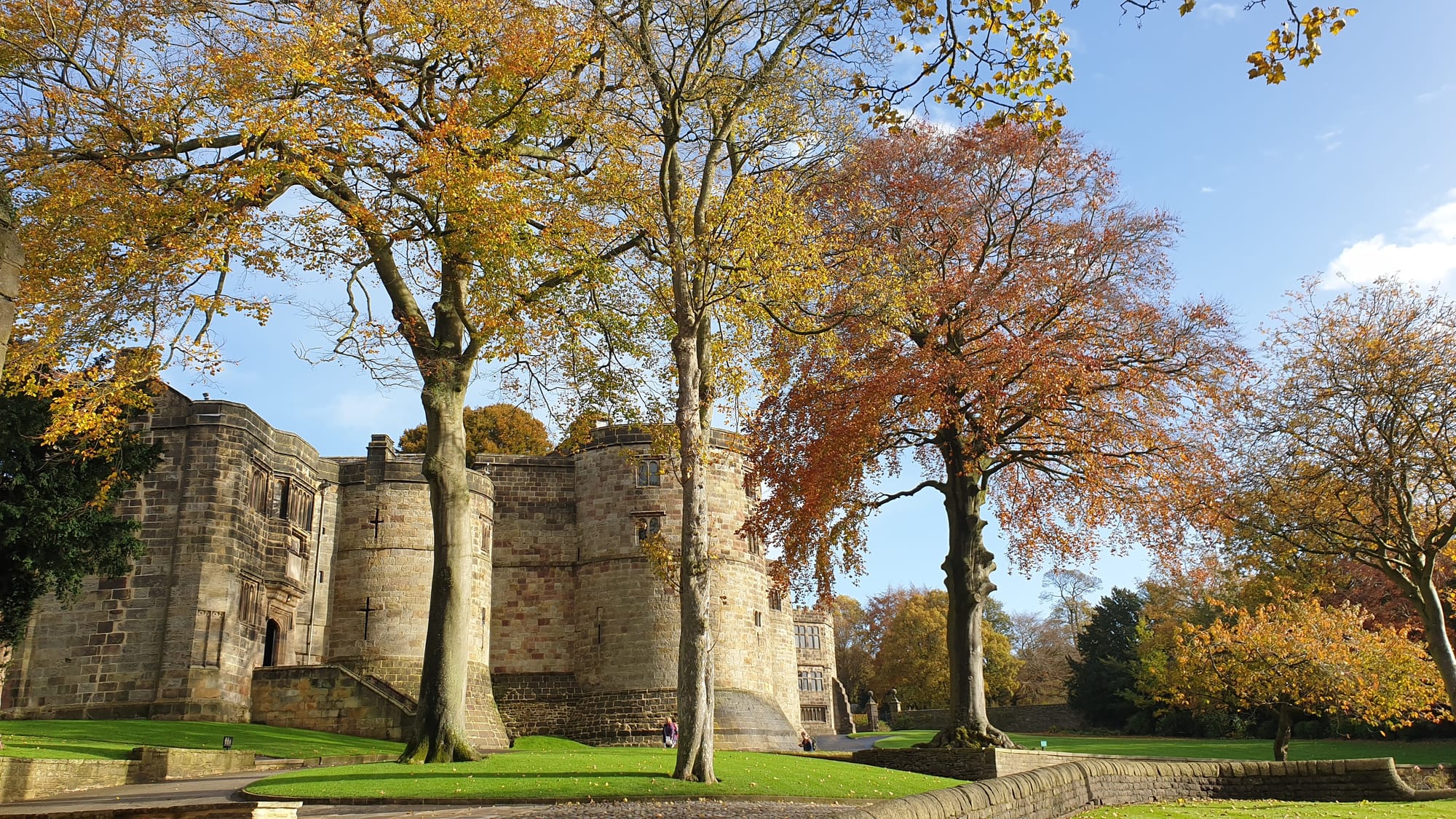
Skipton Castle stands as a remarkably preserved medieval fortress in North Yorkshire, offering a deep dive into Britain's tumultuous past through its enduring architecture and storied history.
Skipton Castle, positioned strategically in North Yorkshire, exemplifies medieval architecture and provides an authentic glimpse into the past. Its robust structure has weathered the sands of time, remaining a fascinating relic of feudal England.
Skipton Castle, constructed by Robert de Romille, a Norman baron, plays a significant role in the UK's history. It notably withstood a three-year siege during the Civil War, which is a testament to its strategic importance and architectural resilience.
Scarborough Castle
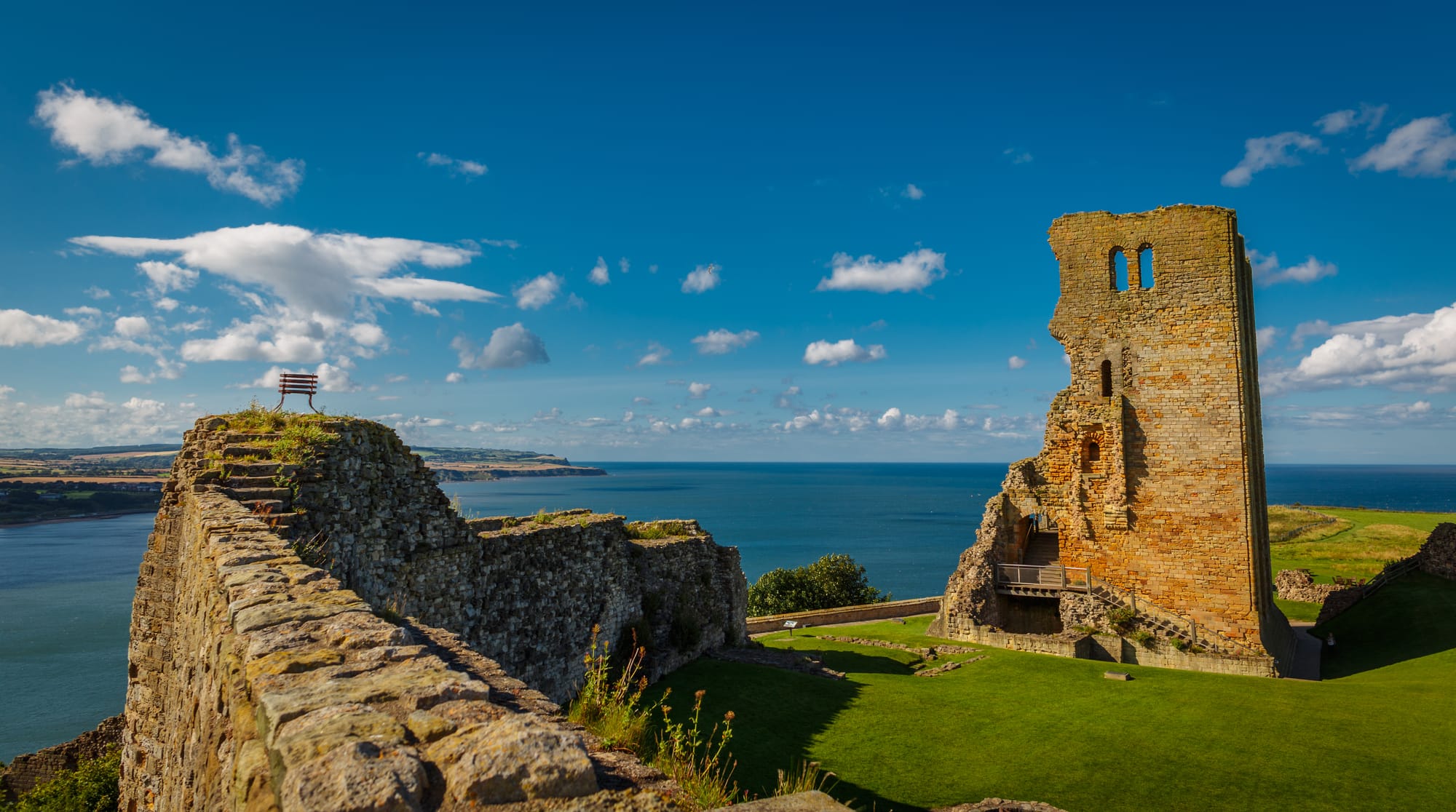
Of all the castles in Yorkshire, Scarborough Castle has the best views. It stands as a testament to over 3000 years of history, offering panoramic views of the North Yorkshire coast and enduring centuries of conflict, from Viking invasions to Civil War sieges.
Scarborough Castle is a significant historical fortress that dominates the skyline of Scarborough, North Yorkshire. Its strategic position on a rocky headland above the North Sea afforded it immense defensive strength and importance throughout the medieval period.
Originally built in the 12th century, Scarborough Castle has been a pivotal stronghold throughout various historical periods. It has survived Viking raids, the tumult of medieval baronial wars, and was besieged during the English Civil War. Its longevity makes it a crucial chapter in the understanding of British military architecture and medieval society.
Richmond Castle
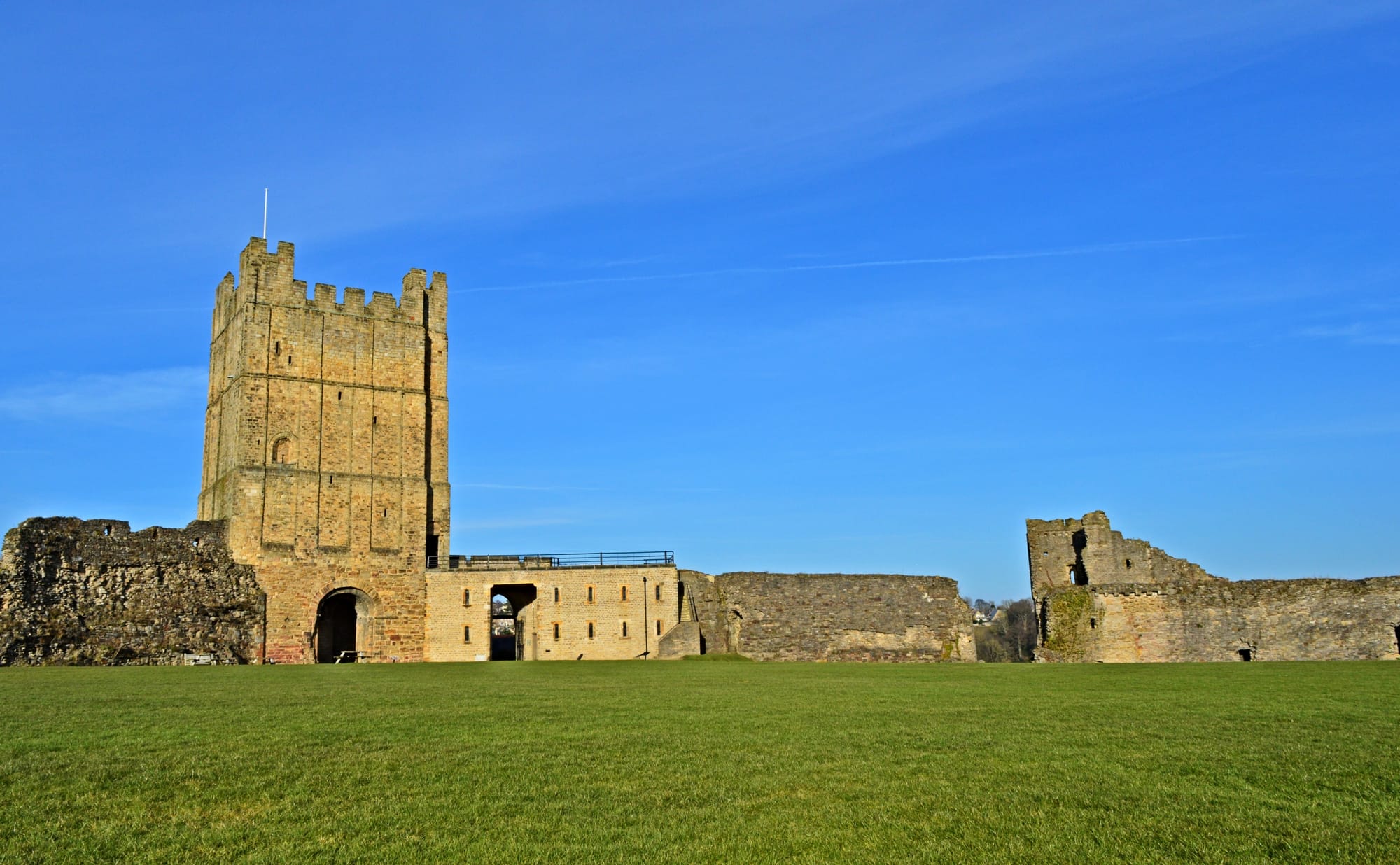
Richmond Castle, a historic fortification in North Yorkshire, stands majestically over the River Swale, known for its significant role in English history and its well-preserved architecture dating back to the Norman era.
Richmond Castle, one of the oldest Norman stone fortresses in Britain, occupies a strategic position above the River Swale. The castle has been a landmark in Richmond, North Yorkshire since its foundation by Alan Rufus in the 1070s, following the Norman Conquest of England.
Richmond Castle played a crucial role in the Norman consolidation of power in Northern England. Its construction aimed to suppress the rebellious populace in the region. The castle is credited as being one of the greatest Norman fortresses remaining in Britain. Its history entwines with numerous important periods and events throughout English history.
Barden Tower
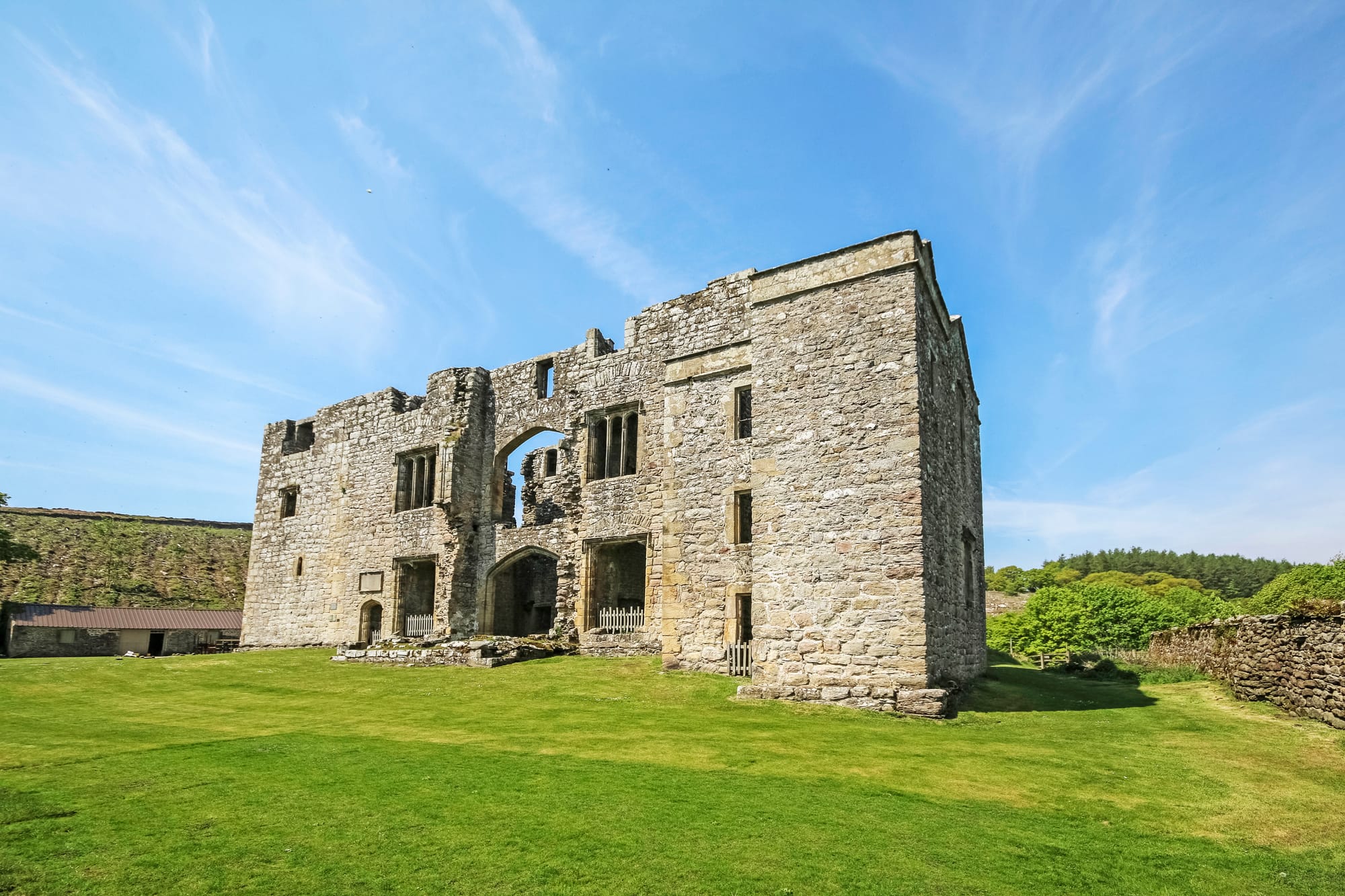
Located in the heart of Wharfedale, North Yorkshire, Barden Tower stands as a historical emblem of medieval England, offering a glimpse into the region's feudal past and architectural heritage.
Barden Tower is a significant ruin nestled in the Yorkshire Dales. It once served as a hunting lodge and later as a fortified manor house, pivotal in the local administration of the surrounding hunting forest.
The structure was initially built by Henry Clifford in the 15th century and saw improvements and renovations over the years. Its historical importance is anchored in its association with notable figures like the Cliffords and Lady Anne Clifford, who played a significant role in its restoration in the 17th century.
Sandal Castle
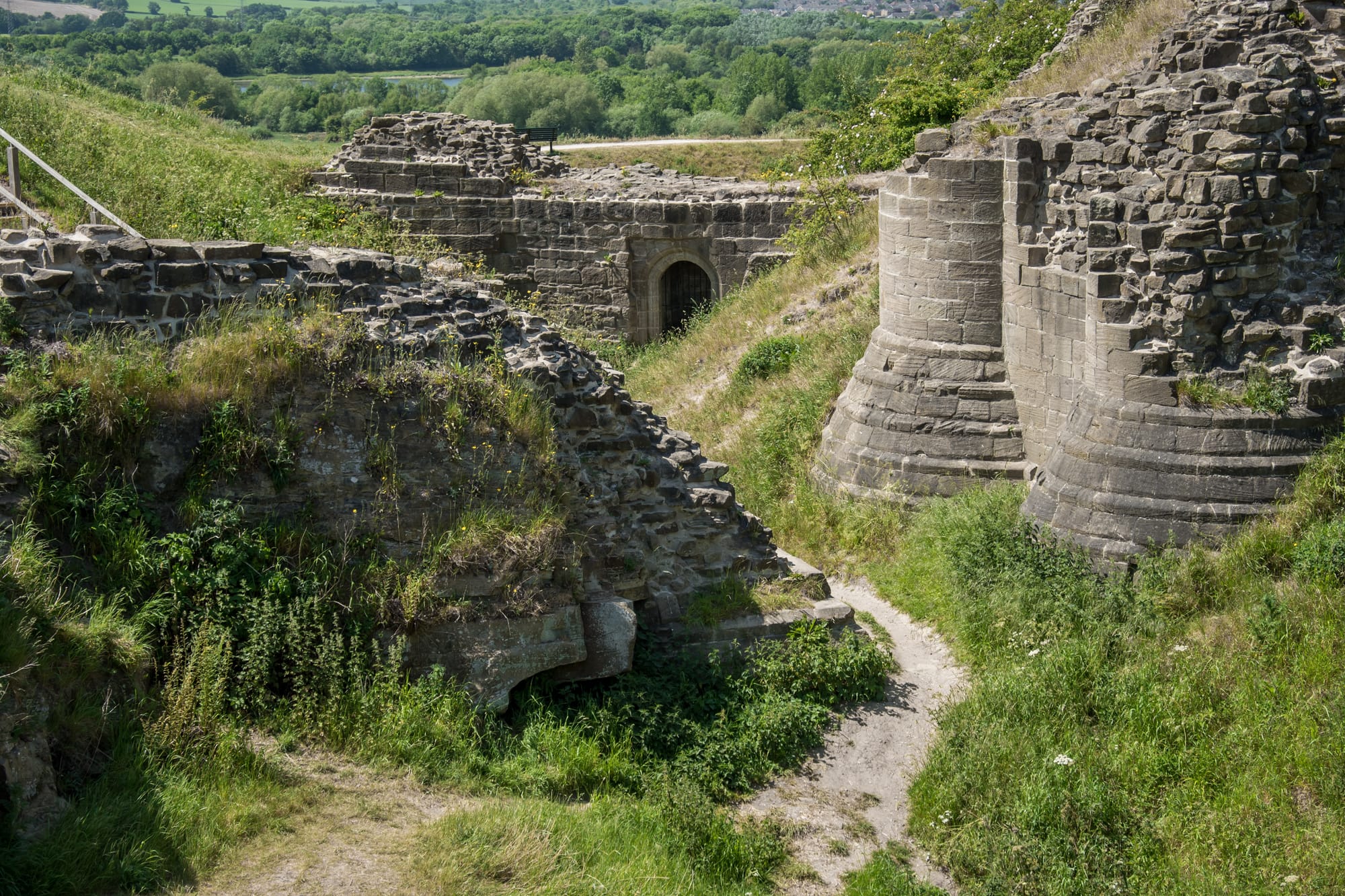
Sandal Castle stands as a historical ruin with a story enriched in royal intrigue and pivotal battles that shaped English history.
Sandal Castle is a medieval ruin located in Sandal Magna, a suburb of Wakefield, West Yorkshire. Perching above the River Calder, it now offers picturesque panoramas where its mighty walls once stood.
The castle is known for its part in the Wars of the Roses, including the notable Battle of Wakefield in 1460. It was a favoured residence of Richard III and is also mentioned in William Shakespeare's play "Henry VI, Part 3".
Whorlton Castle
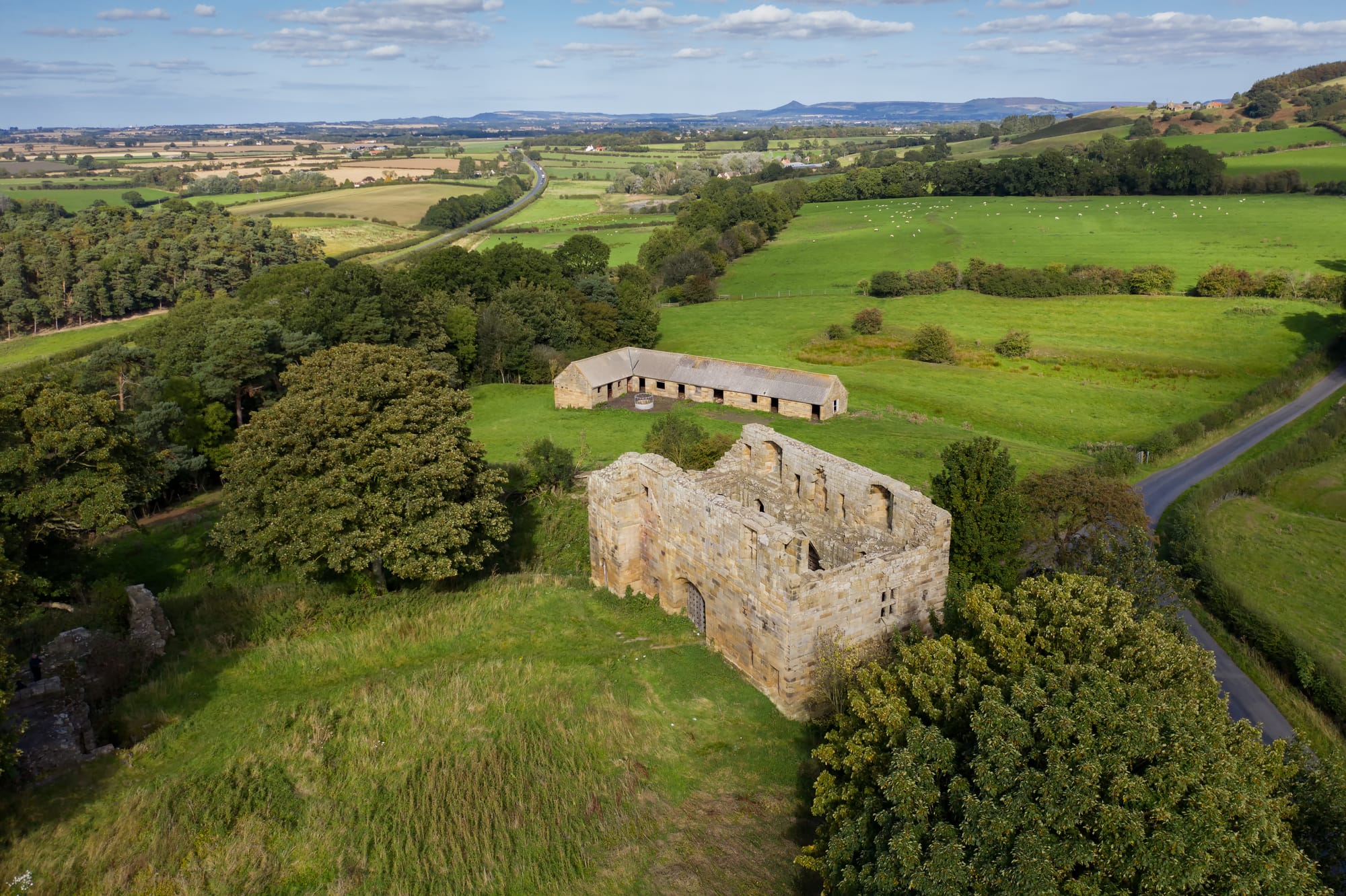
Whorlton Castle, a historic site in North Yorkshire, offers an intriguing glimpse into medieval England with its Norman origins and the remains of a 14th-century tower house and gatehouse.
Whorlton Castle is a medieval castle located near Swainby, in the picturesque setting of North Yorkshire. It lies derelict, providing a window into its past.
This castle initially arose in the 12th century as a Norman motte-and-bailey fortification. Its presence underscores the Norman influence following William the Conqueror's victory in 1066. Whorlton Castle was adapted over the centuries, most notably with the addition of a 14th-century tower house.
Frequently Asked Questions
Yorkshire is adorned with numerous historical castles, each offering unique experiences ranging from visitors’ tours to overnight stays. This section provides concise answers to common inquiries about these magnificent structures.
What are the best castles in Yorkshire?
The best castles to visit in Yorkshire include Bolton Castle with its imposing structure and Scarborough Castle, renowned for its romantic ruins and stunning coastal views. Both are celebrated for their rich heritage and breathtaking landscapes.
Where can I find a map of castles in Yorkshire?
Maps of castles in Yorkshire are available at tourist information centres throughout the county. Many historical and travel websites also provide detailed online maps pinpointing the locations of Yorkshire's castles.
Which castles in Yorkshire offer accommodation facilities?
Several castles in Yorkshire, such as Bolton Abbey Estate, provide accommodation facilities allowing guests to stay within the historical grounds and experience the grandeur of Yorkshire's aristocratic past.
Can you get married at a castle in Yorkshire?
Yes, one can indeed get married at various castles in Yorkshire. Many of these castles are licenced for wedding ceremonies and offer picturesque backdrops for both the ceremony and photographs.
What is the history behind the abundance of castles in Yorkshire?
The proliferation of castles in Yorkshire stems from the Norman conquest of 1066 when these formidable structures were erected by invaders to assert control and demonstrate power over Anglo-Saxon settlements.
At which castle was Mary Queen of Scots detained in Yorkshire?
Mary Queen of Scots was detained in several locations across Yorkshire.
One notable castle being Bolton Castle, where she was held under considerable comfort for a portion of her imprisonment.



